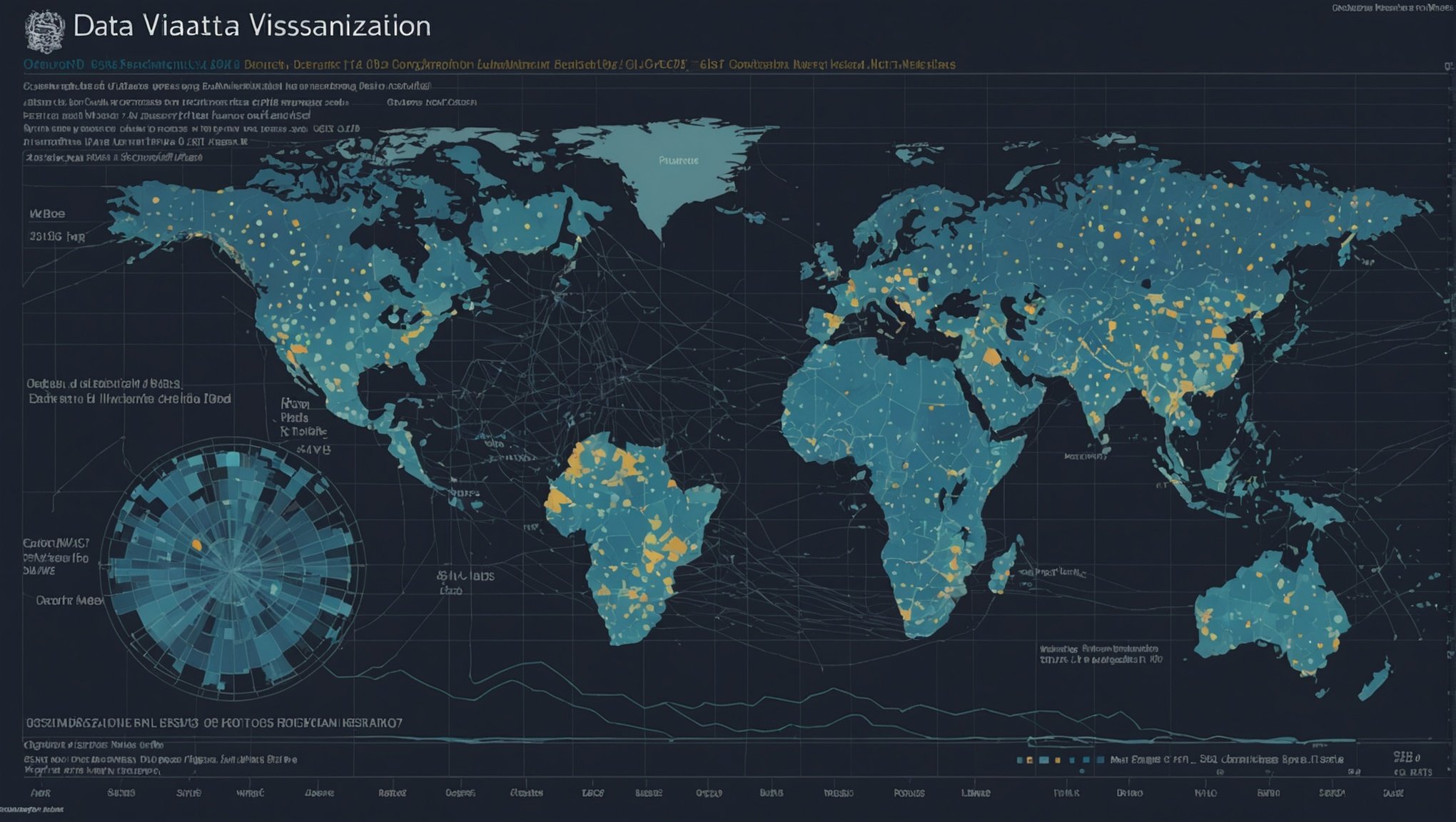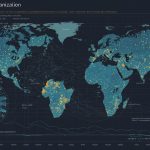Data visualization transforms complex research findings into accessible insights. For an Oxford Research Institute, innovative strategies in this field can enhance communication and engagement with diverse audiences. By harnessing creative approaches like interactive dashboards and storytelling through visuals, researchers can effectively showcase their discoveries. This empowers stakeholders to grasp intricate concepts, fostering collaboration and informed decision-making. Explore how leveraging data visualization can redefine academic communication and make significant research more impactful and relatable.
Advanced Techniques in Data Visualization for Research Institutions
In the realm of research communication, employing advanced data visualization techniques can significantly enhance the clarity and impact of research findings. These methods not only help in presenting complex data in a more digestible form but also tailor visualizations to meet the needs of specific audiences. This is crucial in ensuring that the message is effectively communicated, whether to fellow researchers, policymakers, or the general public.
This might interest you : Crafting a Powerful Content Calendar: A Step-by-Step Guide for Sheffield Marketing Agencies
Advanced visualization methods, such as interactive dashboards, 3D modeling, and real-time data updates, offer dynamic ways to engage with data. For instance, interactive dashboards allow users to explore data sets by filtering and manipulating variables, thus providing a deeper understanding of the research findings. Similarly, 3D modeling can be used to represent spatial data, offering a more intuitive grasp of geographical or structural information.
Several case studies highlight the successful implementation of these advanced visualization methods in research settings. One notable example is the use of interactive maps in epidemiology to track disease outbreaks, which has proven invaluable in informing public health responses. By tailoring these visualizations to the audience’s needs, research institutions can ensure that their findings are not only seen but also understood and acted upon.
Also to discover : Boosting Customer Loyalty: Effective Email Marketing Strategies for Plymouth”s Fashion Brands
Strategies for Effective Communication of Scientific Findings
Translating complex data into understandable visuals is essential for effective communication of scientific findings. Best practices involve simplifying data without losing its essence. This requires selecting the right type of visualization, such as charts or infographics, that best represent the data’s story. It’s crucial to use clear labels and legends to avoid misinterpretation.
Engaging various stakeholders through visualization is another key strategy. Different audiences, from policymakers to the general public, have distinct needs. Tailoring the presentation style to each group enhances comprehension and impact. For instance, interactive elements can engage non-experts, while detailed graphs might be more suitable for academic peers.
Oxford Research Institutes exemplify successful communication strategies. They employ diverse methods to ensure their research strategies reach the intended audience effectively. One approach includes using narrative storytelling alongside visuals, making the findings more relatable and memorable. By focusing on the audience’s perspective, these institutes ensure that their scientific insights are not only shared but also understood and appreciated. This approach demonstrates the importance of adapting communication methods to suit the audience, ensuring that research findings resonate and inspire action.
Design Principles for Clarity and Engagement
In the realm of data visualization, adhering to fundamental design principles is crucial for achieving clarity and engagement. These principles guide the creation of visuals that effectively communicate complex information.
Importance of Simplicity and Clarity
Simplicity is a cornerstone of effective data design. By stripping away unnecessary details, visualizations become more accessible and easier to interpret. This approach ensures that the core message is not lost in excess information, making it easier for audiences to grasp the essence of the data.
Utilizing Color and Typography Effectively
The use of colour and typography can significantly impact the clarity of a visualization. Selecting a harmonious colour scheme enhances readability and highlights critical data points. Similarly, choosing the right fonts ensures that text is legible and complements the overall design.
Creating Interactive Visuals for Enhanced Engagement
Interactive elements in data presentations foster engagement by allowing users to interact with the information. Features like clickable charts or hover-over details provide deeper insights and maintain the audience’s interest. This dynamic approach not only captures attention but also facilitates a more comprehensive understanding of the data.
Tools and Software for Data Visualization
Selecting the right data visualization tools is essential for effectively conveying research findings. In the realm of visualization software, several options stand out for their usability and robust features.
Overview of Popular Software Options
Tableau and Power BI are widely used for their intuitive interfaces and powerful data processing capabilities. Tableau, often favoured in academia, excels in creating interactive and visually appealing dashboards. Power BI, on the other hand, integrates seamlessly with Microsoft products, making it ideal for institutions already using those systems.
Usability and Feature Comparison
When comparing these tools, usability is a key factor. Tableau offers a more user-friendly experience with drag-and-drop features, while Power BI provides comprehensive data integration capabilities. Both offer extensive libraries of visual elements, but Tableau is often preferred for its superior customisation options.
Recommendations for Research Institutions
For research institutions, choosing the right visualization software depends on specific needs. Tableau is recommended for those prioritising interactive and detailed visualisations. For institutions needing strong integration with existing Microsoft applications, Power BI is a suitable choice. Ultimately, the decision should align with the institution’s data handling requirements and user expertise.
Case Studies: Successful Data Visualization from Oxford Research Institutes
Exploring case studies from Oxford Research Institutes offers valuable insights into visualization success stories. These examples illustrate how effective data visualization can enhance the communication of research findings.
One notable case involved a project on climate change, where interactive visualizations were used to illustrate the impact of various environmental policies. By allowing users to adjust different variables, the project enabled a deeper understanding of potential outcomes. This approach not only engaged policymakers but also facilitated informed decision-making.
Another success story is the use of visualization in epidemiology research. Oxford researchers developed real-time dashboards to track disease spread, providing critical insights during health crises. These dashboards were instrumental in informing public health strategies and responses.
Lessons learned from these successful visualization projects highlight the importance of tailoring visuals to the audience. For example, using narrative elements alongside data can make complex information more relatable and memorable. Additionally, incorporating interactive features helps maintain engagement and encourages exploration.
These visualization success stories from Oxford demonstrate the power of effective communication in research, underscoring the significance of well-designed visuals in conveying complex data to diverse audiences.











